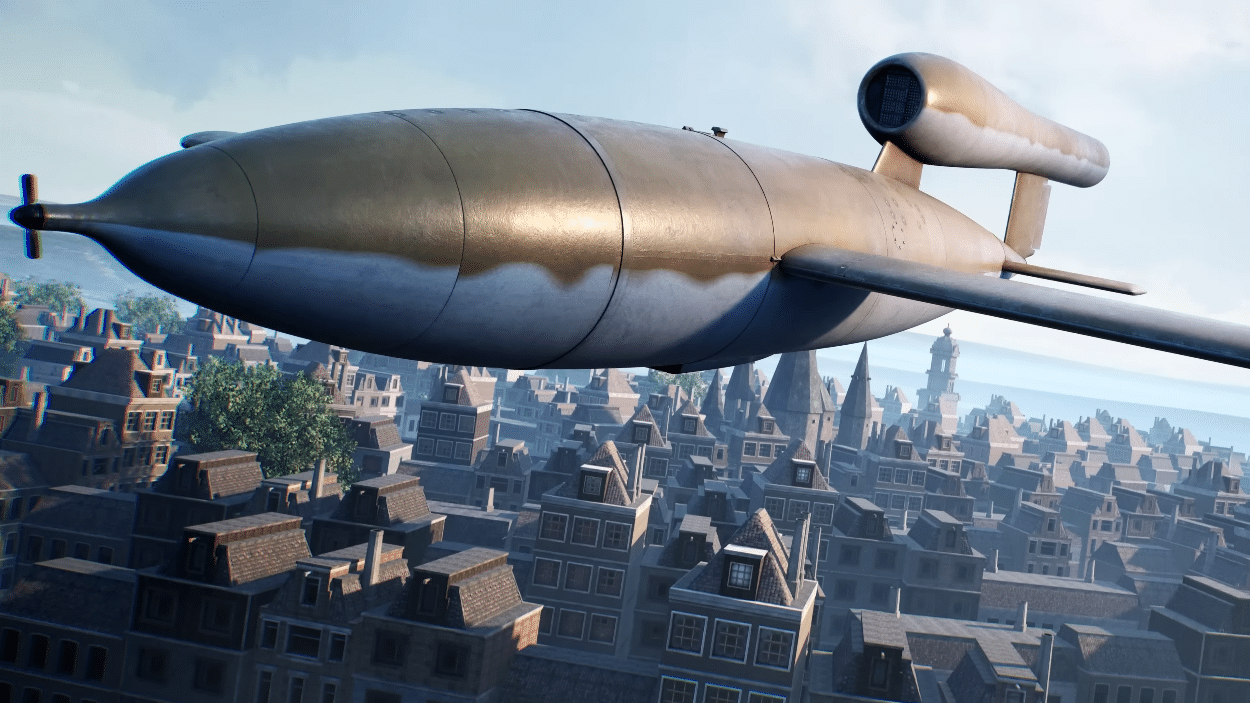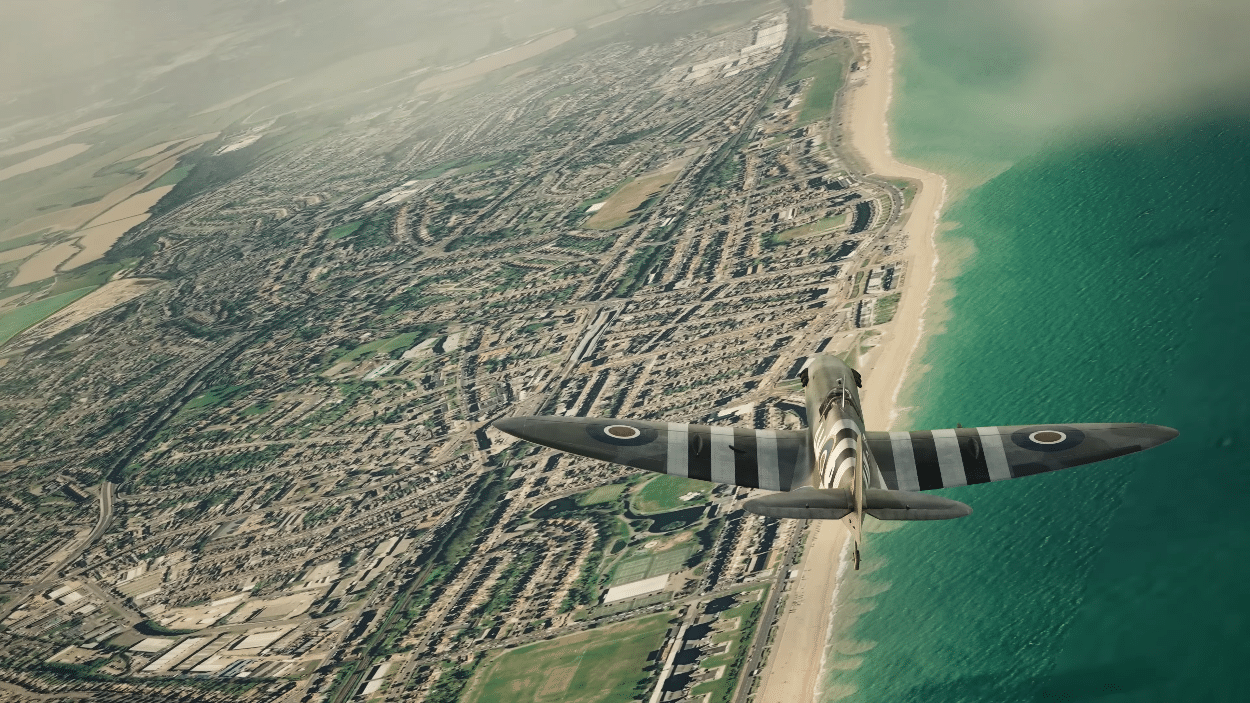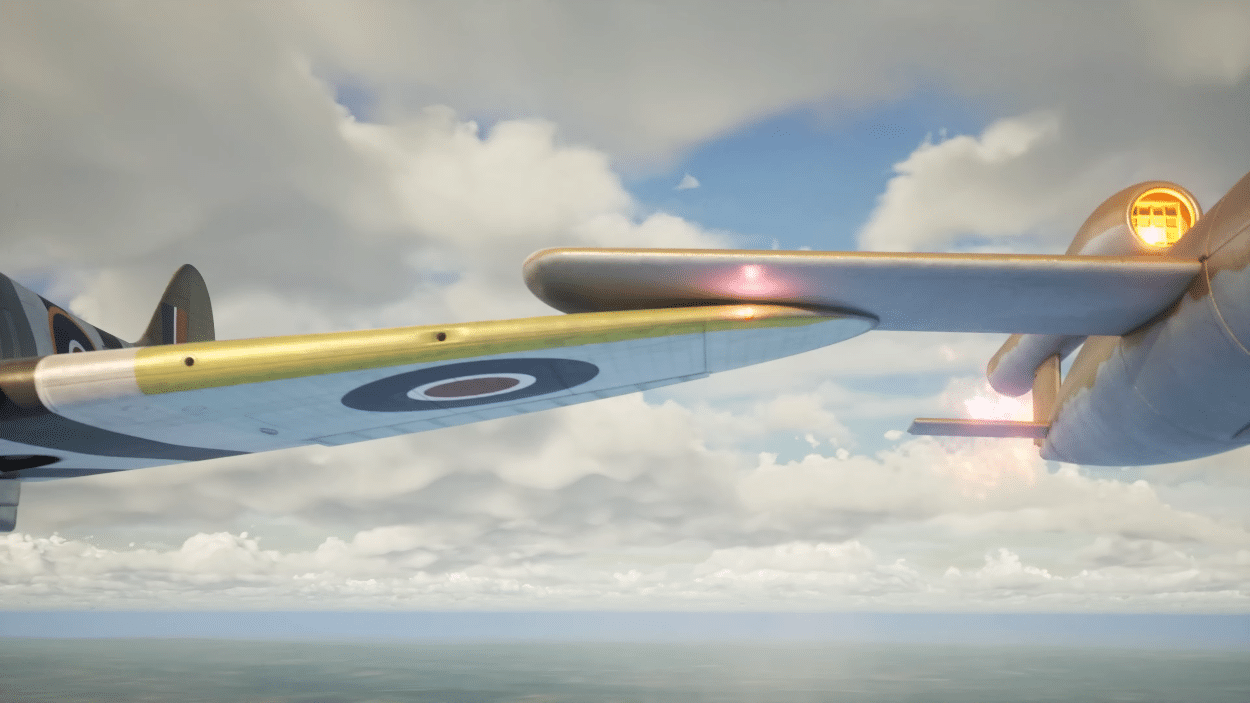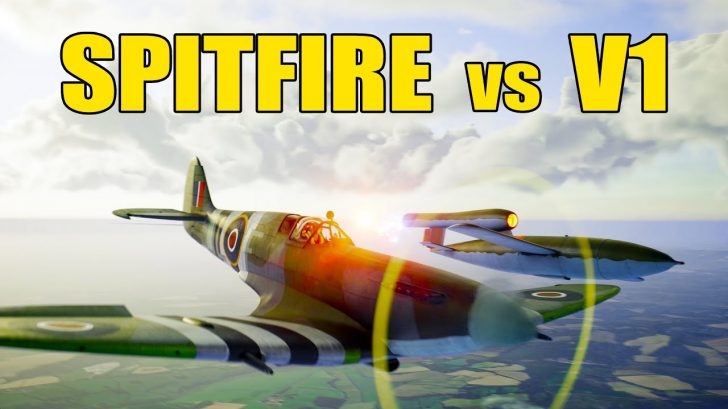On June 13, 1944, an anti-aircraft battery in the district of Woolwich was caught by surprise when the world’s first-ever cruise missile, the V-1 Flying Bomb, struck Grove Road just 2 kilometers from the tower of London. It was a weapon like no other – flying to its target with no pilot at the controls, carrying a deadly warhead.
Stumped
While British intelligence had been given a clue about the existence of this vengeance weapon, the nature of the attack left them stumped. Its small size, high speed, and low altitude completely threw off a defensive strategy perfected to fight big, slow, and even high-flying bombers.

Completely Out of Their Element
The British’s 3.7-inch anti-aircraft weapons were completely out of their element. In the air, radar stations struggled to give pilots information quickly, giving them little time to act before the missile could reach London. Merlin-powered Spitfires were too slow to keep up with the missiles.
Change of Strategy
The British’s entire strategy was reworked, and multiple inventions were greenlit in record time. But the important piece of the puzzle was the fighters. They are capable of keeping up with the flying bombs and repelling all attacks.

Exactly the Weapon Needed
Among all planes, it was the Griffon-powered Supermarine Spitfire Mk XIV that stood out. It was a modification of the iconic aircraft wherein the Merlin engines were swapped for a more powerful Griffon engine. It boasted a top speed of 718 km/hr with excellent maneuverability.
Wing-Tipped Cruise Missiles
Spitfires can barely match the speed for pilots to dive in high altitudes to close their targets in as short as several hundred years. This often resulted in debris from the exploding V1 flying into the Spitfire’s fuselage.

To avoid the blast risk, some pilots, like Australian Ken Roy Collier who served in 91 squadron RAF, figured to override the gyroscopes of the V1s with the “wing tipping technique.” This involves flying alongside the V1 and then using exceptional flying skills to flick the V1 over.



